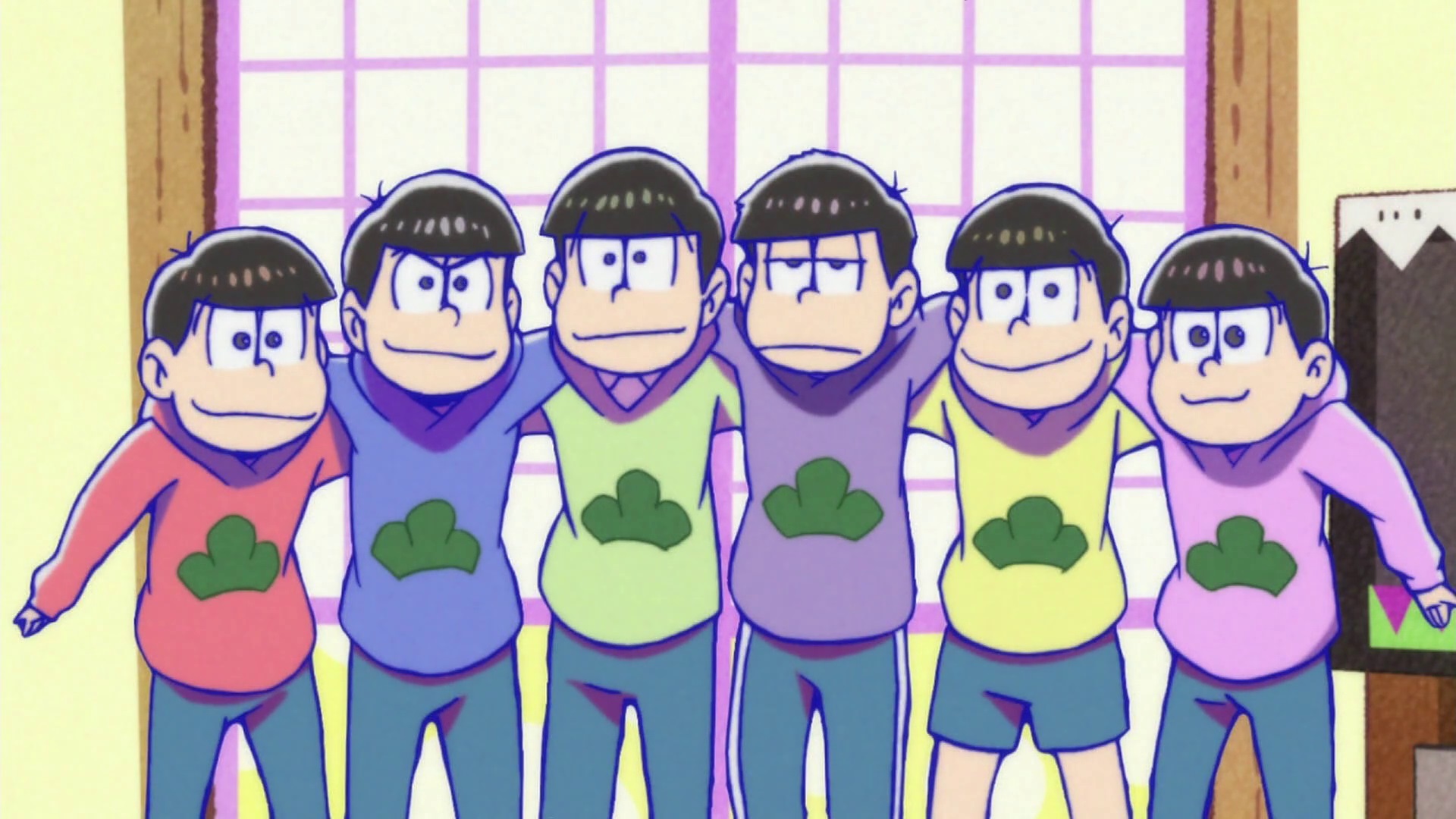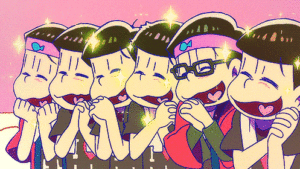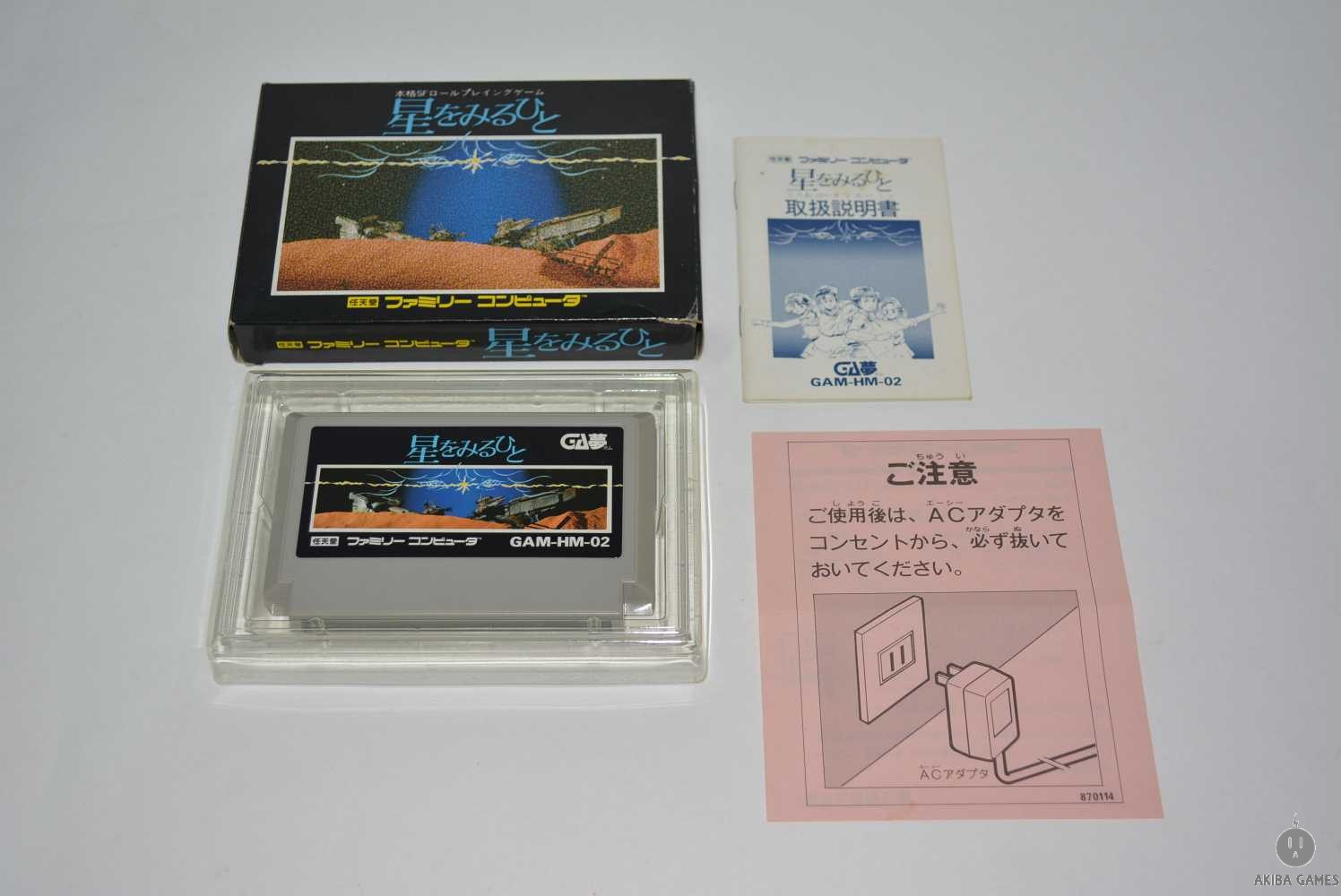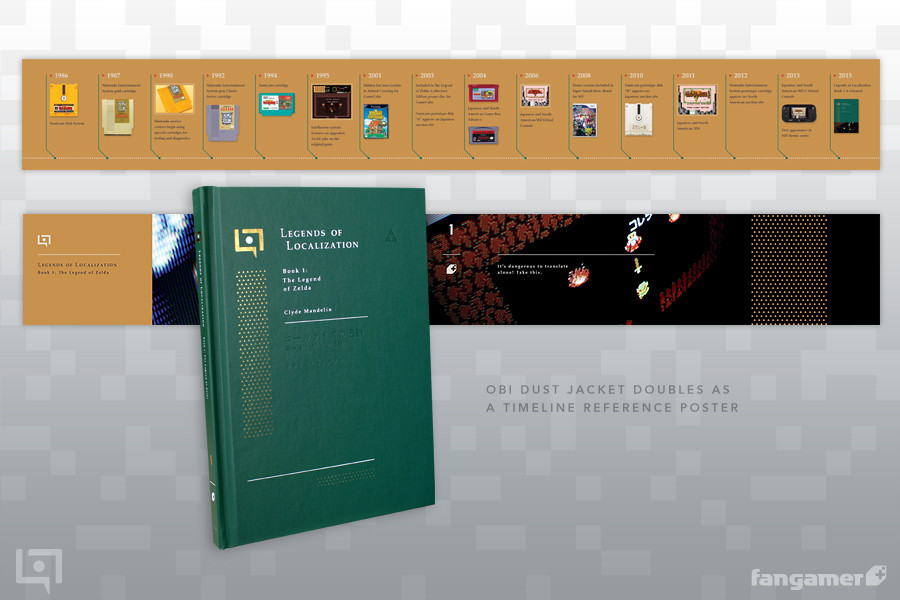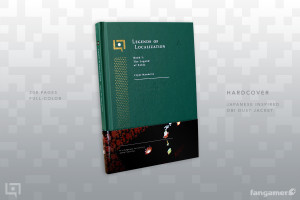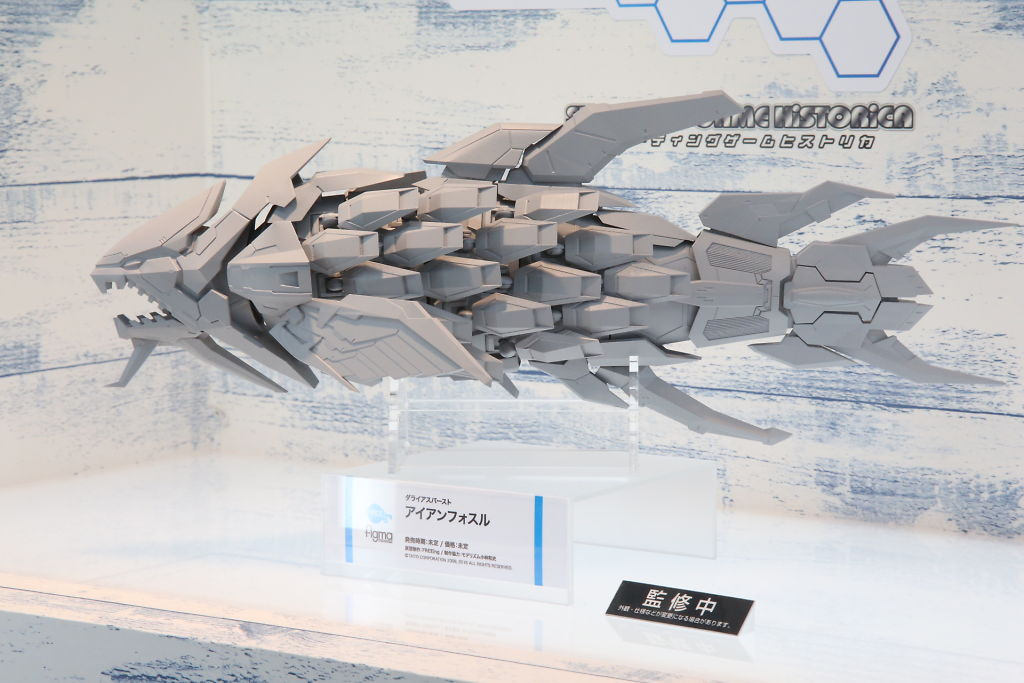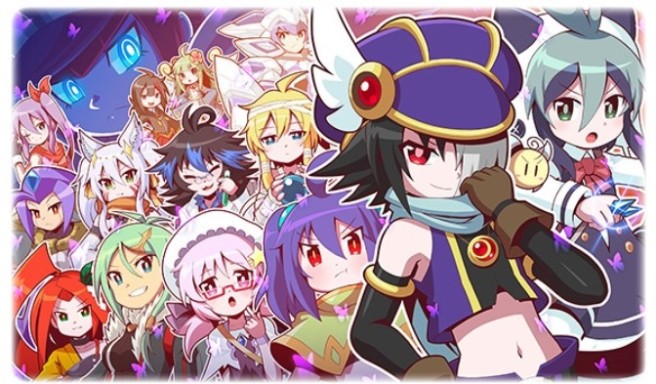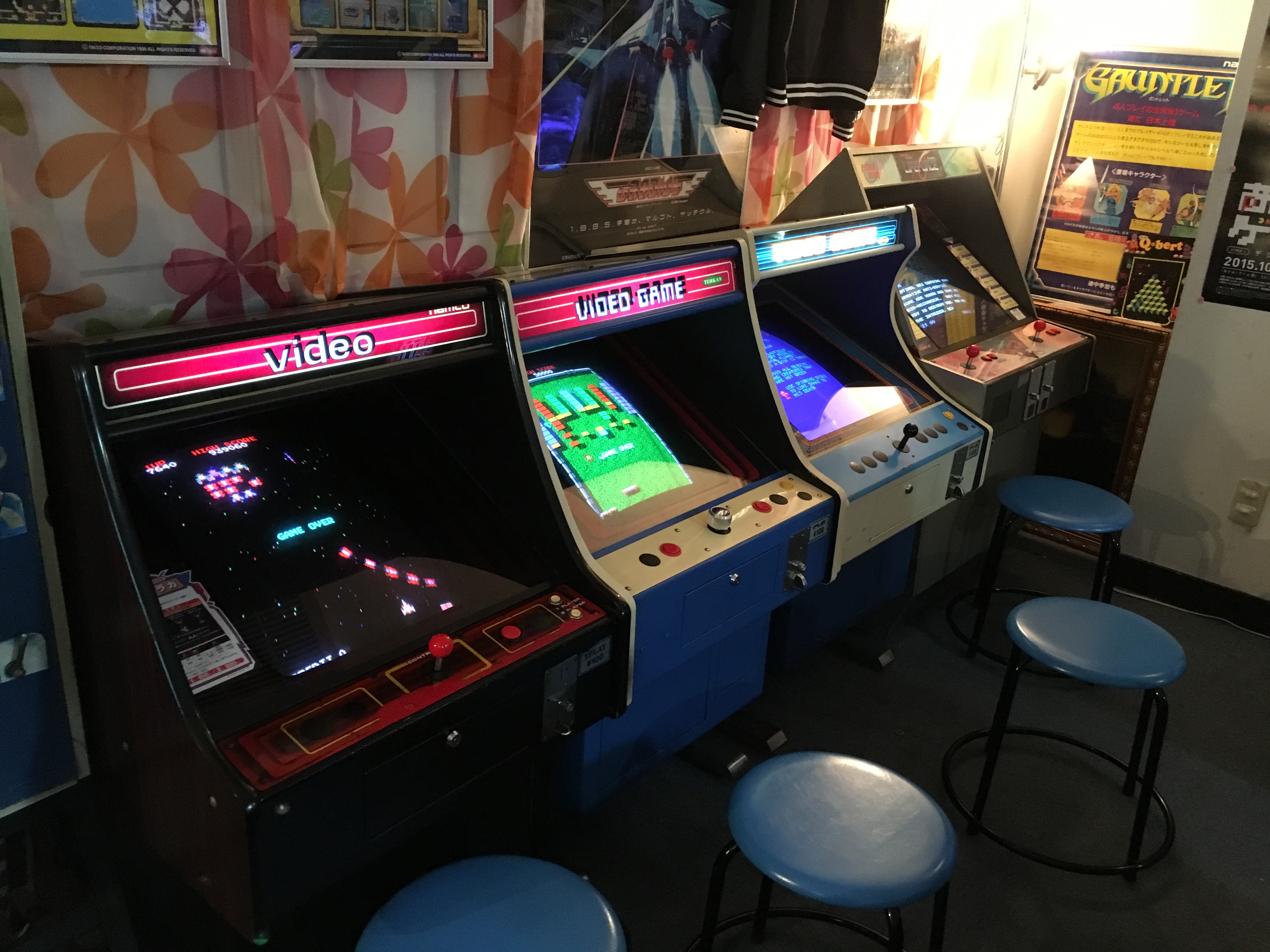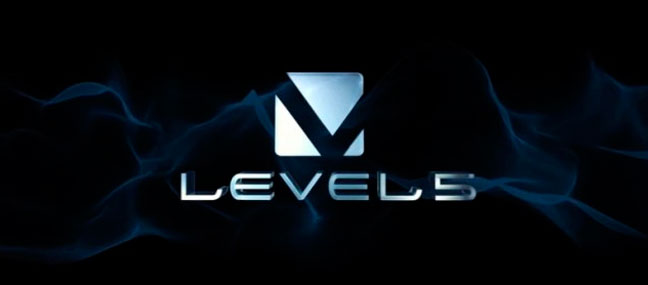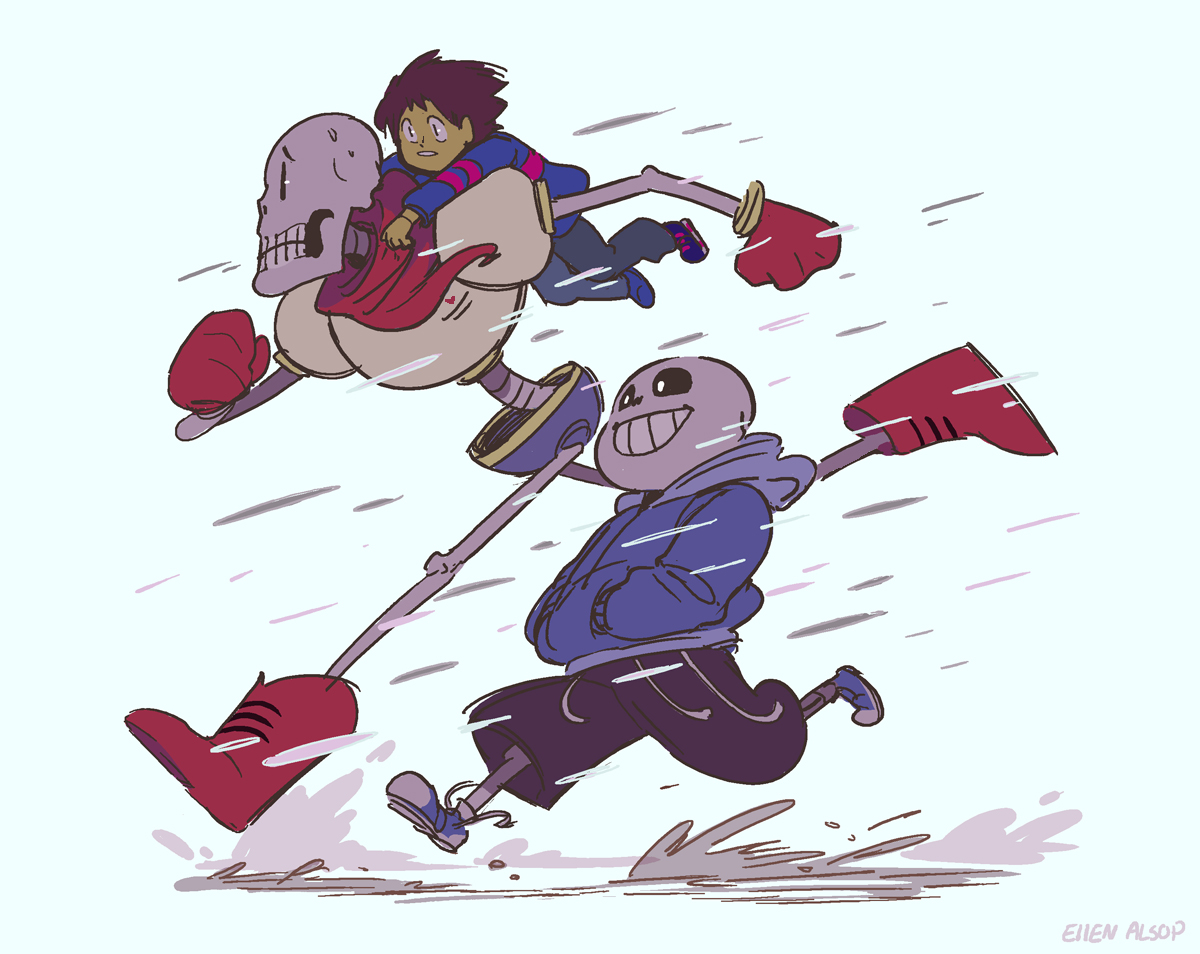The irony of anime being easier to legally enjoy than ever before, thanks to online streaming and simulcasts, is that I’m actually watching less anime than I did when I was younger. I’m not sure why, either. Maybe it’s because the flood of new series that comes out with each season is overwhelming. Or maybe it’s because I’m an old fart who prefers the general look and stylings of anime from the 80s and early 90s. Or hell, it could just be that the list of hundreds upon hundreds of games I want to examine is higher priority. As a result, there’s a lot of stuff I want to watch, and fully intend to watch… someday. Mostly stuff folks online have given high praises, like Monthly Girls’ Nozaki-kun, Ore Monogatari, Tatami Galaxy, Showa Genroku Rakugo Shinju, and a whole shitload of Gintama. (And maybe some Ushio and Tora too, y’know, to satiate my love of out-of-left-field throwbacks.)
My viewing habits have changed, too: rather than buying DVDs volume by volume as I did in the early aughts, I prefer to binge-watch batches of stuff when the time arises. I make a few exceptions: I eagerly ate up SeHa Girls when it came out, and I’m watching the adaptation of Jojo part 4 weekly. Generally, though, I like my anime in meaty chunks — which is how I opted to view the subject of today’s article. I watched most of the first half of Osomatsu-san before I left for my Japan trip, and blazed through the rest of it last weekend in-between some writing, which was probably the ideal way to consume this show: Once you get a taste of the Matsuno brothers, you want another hit of it as soon as possible.
It’s a damn fine show, is what I’m saying.
